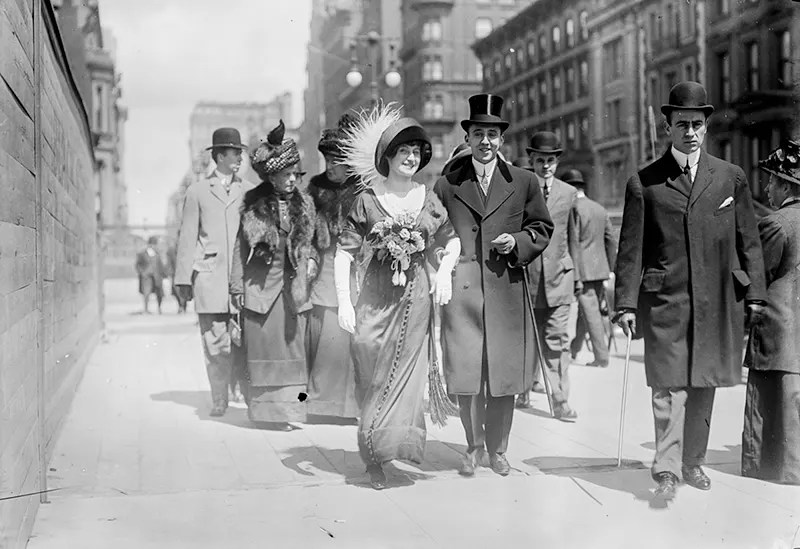
Old photos of New York City’s Easter Parade offer a captivating glimpse into the past, showcasing the extravagant celebrations of the city’s elite during the early 20th century.
The Easter Parade was an annual event that saw New Yorkers dressed in their finest clothing, taking to the streets to celebrate Easter Sunday.
The parade became a prominent socialite affair, attracting the wealthy and fashionable of the city, who would showcase their latest fashions and elaborate hats.
The event also drew attention from the media, with newspapers and magazines publishing photographs of the stylish attendees, making the parade a popular cultural phenomenon of its time.
These old photographs serve as a time capsule, providing a fascinating view of New York City’s social scene during a bygone era.
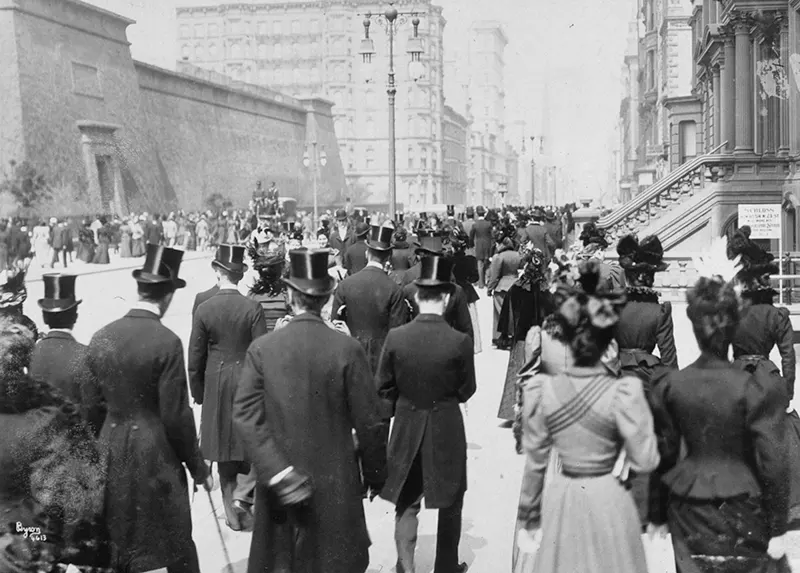
From the 1880s through the 1950s, New York’s Easter parade was one of the main cultural expressions of Easter in the United States.
It was one of the fundamental ways that Easter was identified and celebrated. The seeds of the parade were sown in New York’s highly ornamented churches—Gothic buildings such as Trinity Episcopal Church, St. Patrick’s Cathedral, and St. Thomas’ Episcopal Church.
In the mid-19th century, these and other churches began decorating their sanctuaries with Easter flowers. The new practice was resisted by traditionalists, but was generally well received.
As the practice expanded, the floral displays grew ever more elaborate, and soon became defining examples of style, taste, abundance, and novelty.
Those who attended the churches incorporated these values into their dress. In 1873, a newspaper report about Easter at Christ Church said “More than half the congregation were ladies, who displayed all the gorgeous and marvelous articles of dress,… and the appearance of the body of the church thus vied in effect and magnificence with the pleasant and tasteful array of flowers which decorated the chancel.”
 By the 1880s, the Easter parade had become a vast spectacle of fashion and religious observance, famous in New York and around the country.
By the 1880s, the Easter parade had become a vast spectacle of fashion and religious observance, famous in New York and around the country.
It was an after-church cultural event for the well-to-do—decked out in new and fashionable clothing, they would stroll from their own church to others to see the impressive flowers (and to be seen by their fellow strollers). People from the poorer and middle classes would observe the parade to learn the latest trends in fashion.
By 1890, the annual procession held an important place on New York’s calendar of festivities and had taken on its enduring designation as “the Easter parade”.
As the parade and the holiday together became more important, dry goods merchants and milliners publicized them in the promotion of their wares.
Advertisements of the day linked an endless array of merchandise to Easter and the Easter parade. In 1875, Easter had been invisible on the commercial scene. By 1900, it was as important in retailing as the Christmas season is today.

Not everyone was enthused about the display of wealth and beauty. Critics worried regularly over Easter extravagance and the “vaunting of personal possessions” that offended deep-seated American values of simplicity, frugality, and self-denial.
In 1914, social critic Edwin Markham spotlighted the crushing hardships of the sweatshop workers who made Easter’s artificial flowers.
During the Great Depression, groups of unemployed workers paraded in coarse and worn-out clothing, often carrying banners drawing attention to their plight.
One of these compared the cost of a single Fifth Avenue gown to a year’s worth of welfare relief for a job seeker and his family. Cranks and demagogues often used the parade to attract public attention and to plead their causes.
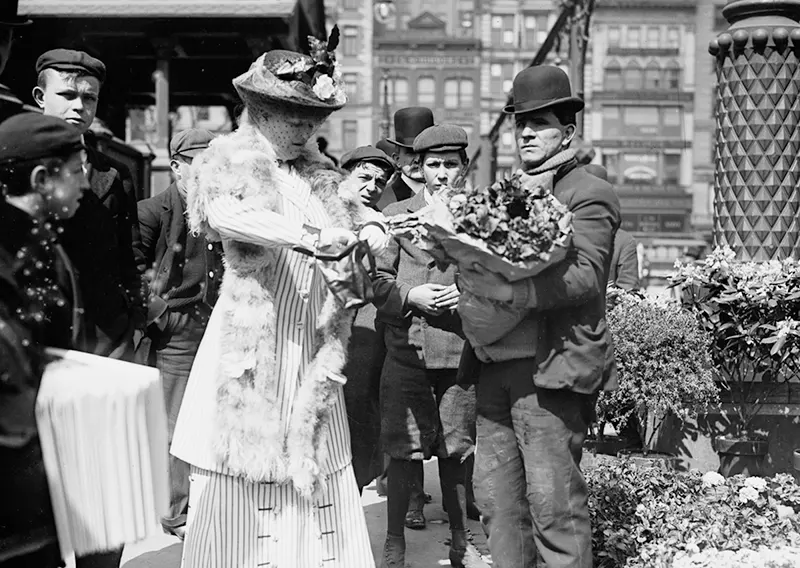
By the mid-20th century, the parade’s religious aspects had faded, and it was mostly seen as a demonstration of American prosperity.
The year 1946 saw a resurgence of stunts, pranks, and extravagant behavior. In 1947, the State Department’s Voice of America did a radio broadcast of the Fifth Avenue parade to the Soviet Union, the idea being to show the economic inferiority of the Soviet system.
In 1955, The Saturday Evening Post stated that New York’s springtime pageant was only an incidental celebration of a religious holiday, and had become a reflection of the fact that, in America, a person was as good as the clothes and other goods he or she was able to buy.
The parade itself had become an unstructured, boundless event, with no apparent beginning, ending, organization, or purpose.
What had begun in the 1870s as a parade of refinement and religious display had become, to some critics, merely an ostentatious frolic.









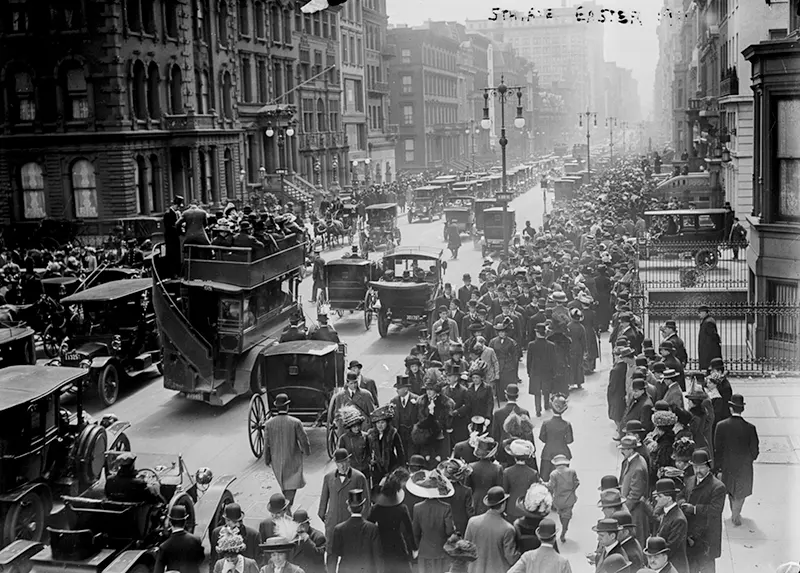
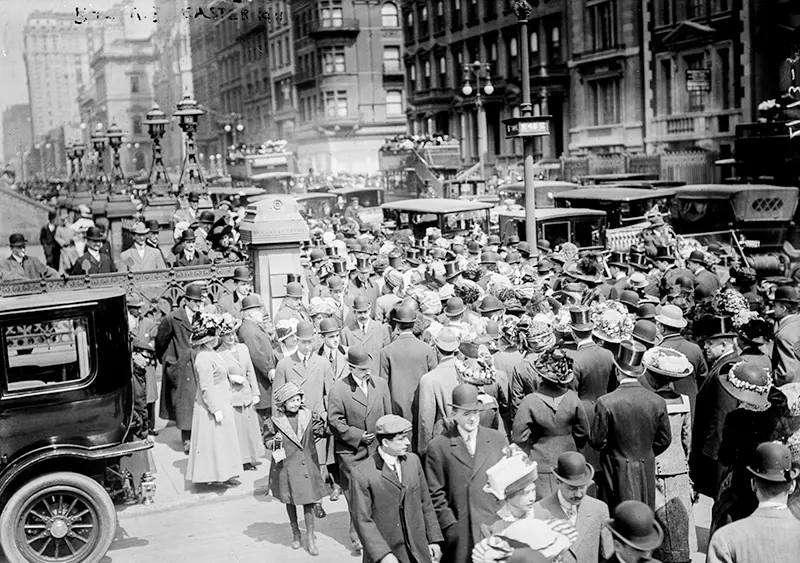

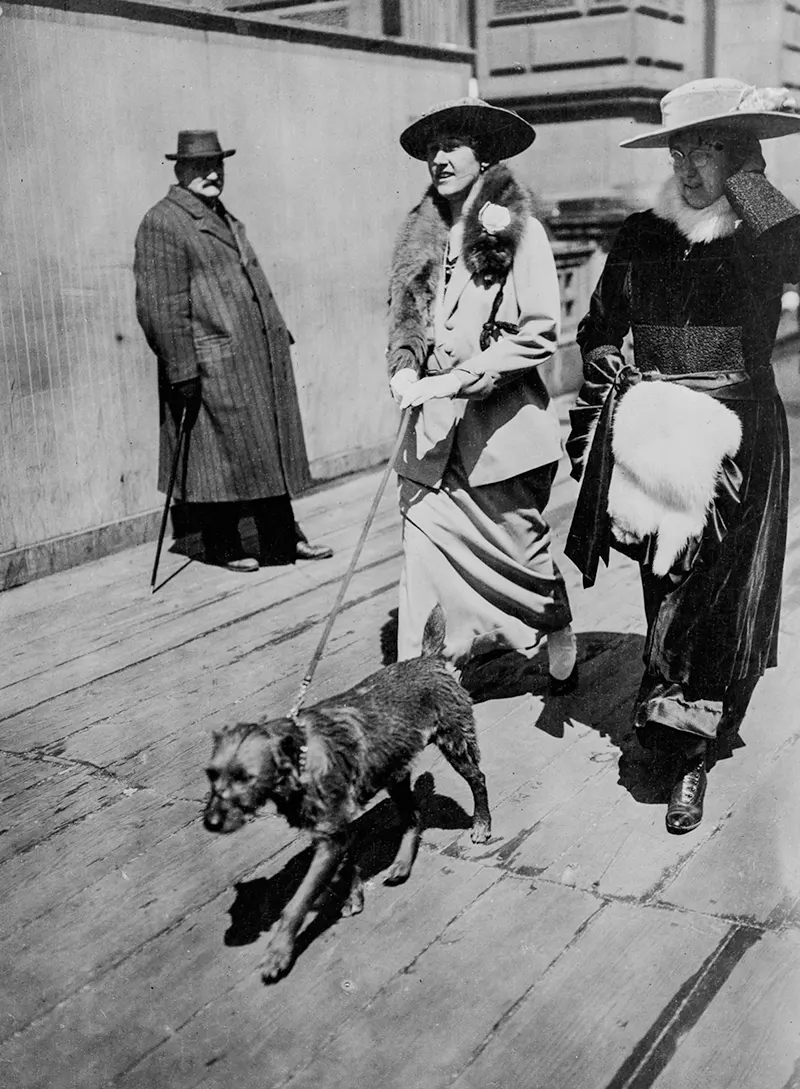
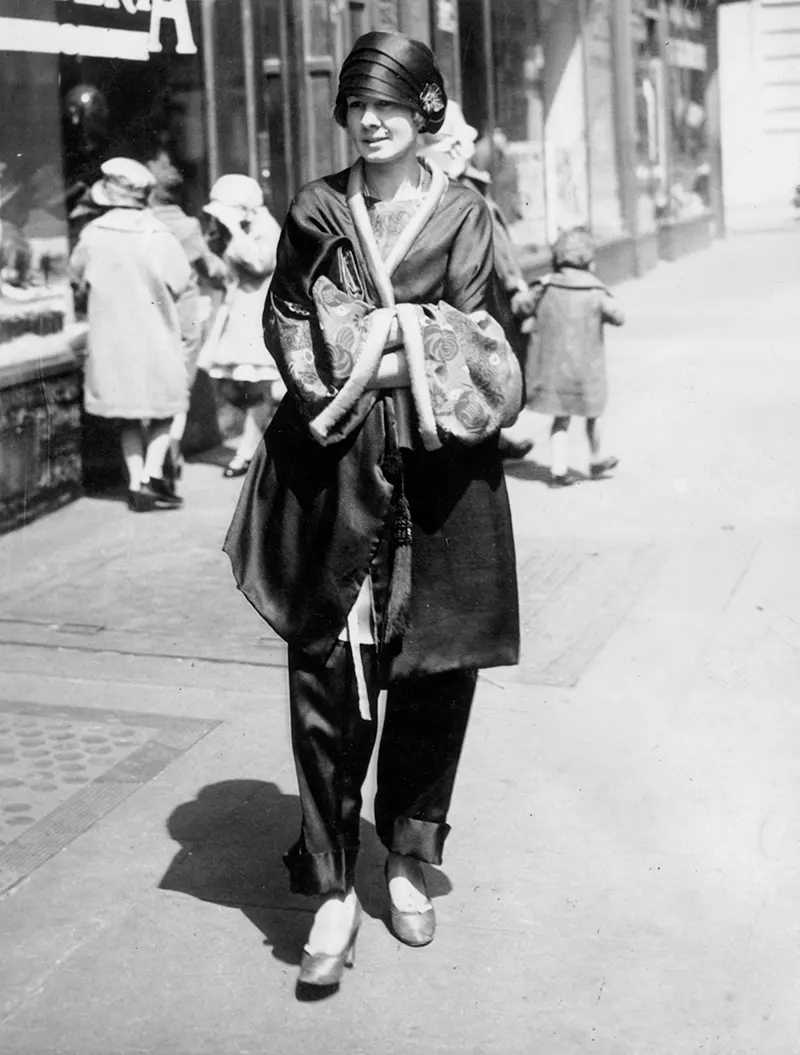


(Photo credit: Library of Congress / Museum of the City of New York / The New York Historical Society / Wikimedia Commons).



